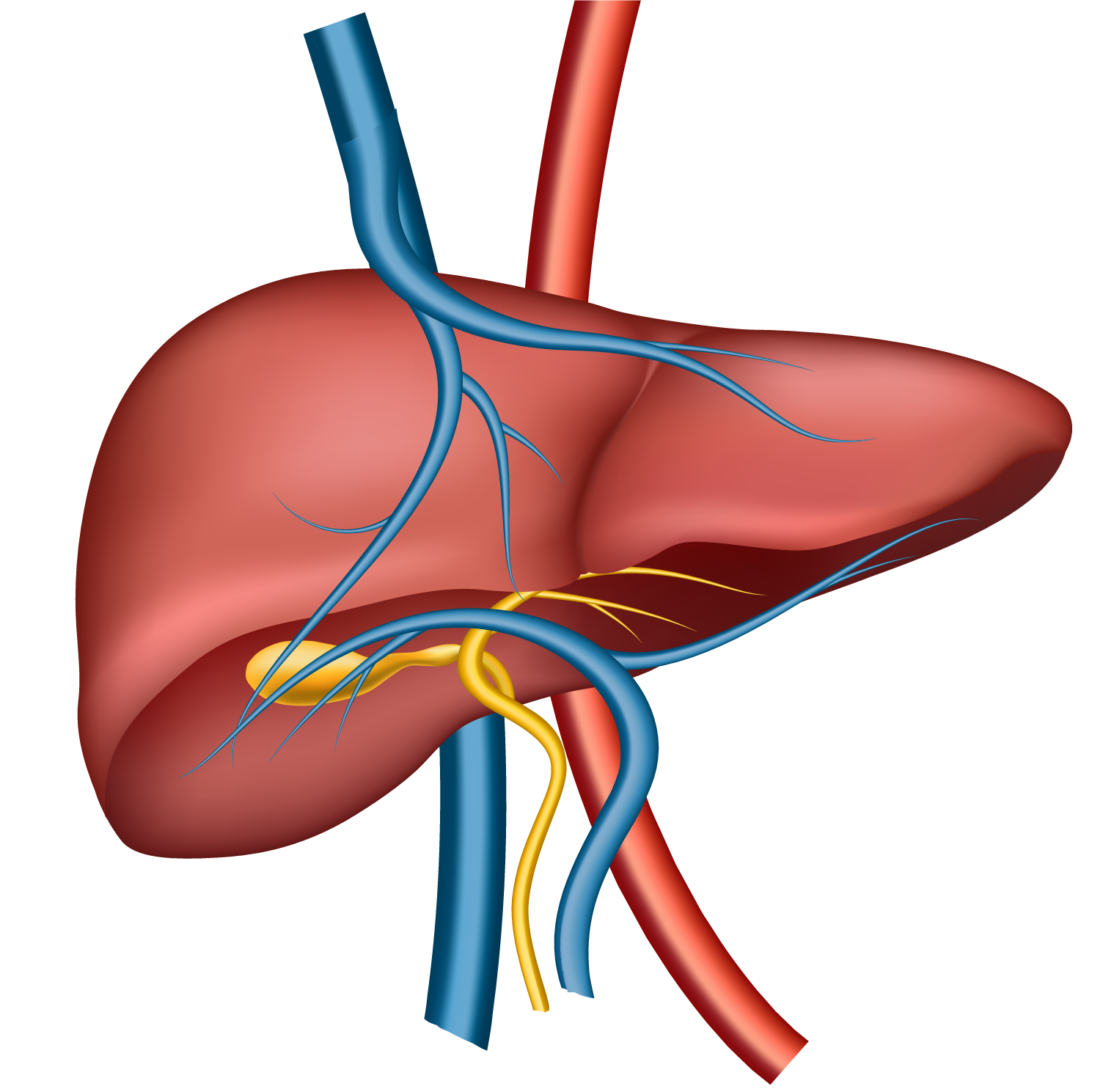Thiamine
The Unsung Liver Defender: Why Thiamine Deserves a Spot in Every Liver Protocol

In all my years of treating liver disease—from fatty liver to full-blown liver failure—I’ve learned that sometimes, the most powerful interventions come from the simplest places. And in the realm of liver protection, few nutrients are as overlooked and underutilized as thiamine.
Often remembered as the “anti-beriberi” vitamin or a neurological cofactor, thiamine (Vitamin B1) deserves a new spotlight in hepatology. Not just for what it prevents—but for what it can protect.
The Metabolic Battlefield of a Stressed Liver
When your patient drinks alcohol regularly or struggles with MASH (metabolic dysfunction-associated steatohepatitis), the liver isn’t just inflamed. It’s metabolically overwhelmed.
Alcohol disrupts thiamine absorption. Insulin resistance increases its demand. Poor diet strips it from the equation altogether. And what’s left? A liver trying to fight metabolic chaos without one of its key mitochondrial allies.
Why Thiamine Matters More Than We Think
Thiamine plays a central role in glucose metabolism, fatty acid oxidation, and mitochondrial energy production—all of which are compromised in fatty liver disease. Without adequate thiamine:
- Pyruvate builds up → lactate increases → oxidative stress worsens
- Beta-oxidation stalls → hepatic fat accumulates
- ATP production drops → hepatocyte function deteriorates
It’s not just deficiency—it’s dysfunction. And thiamine can change that.
Alcohol and Thiamine: A Depleting Relationship
Chronic alcohol intake is a known enemy of thiamine absorption and utilization. What’s worse—many patients with alcoholic liver disease aren’t obviously malnourished. But their cells are starving for thiamine.
A recent study by Yang Z et al. (2022) found that thiamine supplementation in alcohol-related liver disease patients improved liver enzymes, reduced markers of oxidative stress, and improved fatigue scores within just 4 weeks. [1]
Another trial by Kim M et al. (2021) showed that thiamine status correlated inversely with ALT, AST, and inflammatory cytokines in patients with both alcohol and NAFLD components. [2]
In short—alcohol depletes thiamine. Supplementation may restore the balance.
Thiamine and MASH: Targeting the Mitochondria
The hallmark of MASH is metabolic overload. Hepatic insulin resistance, mitochondrial dysfunction, and lipotoxicity drive fibrosis.
That’s where thiamine shines:
- Restores mitochondrial oxidative capacity
- Reduces lipid accumulation in hepatocytes
- Improves insulin sensitivity
- Supports beta-cell health and glucose control
Matsukawa T et al. (2020) showed that thiamine supplementation in NAFLD patients improved liver stiffness, fasting insulin levels, and intrahepatic triglycerides. [3]
Zhao Y et al. (2023) demonstrated that daily thiamine intake was associated with lower hepatic fat content and ALT in a multi-center study involving 210 NAFLD patients. [4]
Dosing, Synergy, and Delivery
In clinical studies, variable doses have been used, often with better outcomes in patients receiving it in combination with NAC or glutathione.
Oral supplementation is effective unless the patient has malabsorption, in which case parenteral may be considered. For most patients—especially those consuming alcohol—low thiamine status is likely, and repletion is both safe and effective.
That’s why we included thiamine in every sachet of Alcofriend Coffee—to restore what’s silently lost in modern diets and habits.
A Clinician’s Thought
We talk often about advanced therapeutics—GLP-1 agonists, FXR modulators, antifibrotics. But how often do we pause to ask: Is my patient even thiamine replete?
I’ve come to believe that nutritional repletion is not primitive medicine. It’s foundational medicine. Especially in liver disease, where the margin for compensation is razor-thin.
And thiamine is no longer just about beriberi. It’s about better outcomes.
References (Vancouver Style)
- Yang Z, et al. Thiamine supplementation improves liver enzymes and fatigue in alcohol-related liver disease: A randomized clinical trial. Clin Nutr. 2022;41(7):1456-1462.
- Kim M, et al. Thiamine status and liver health markers in patients with dual-etiology liver injury: Cross-sectional data. Nutrients. 2021;13(2):512.
- Matsukawa T, et al. Effect of thiamine supplementation on hepatic steatosis and insulin resistance in NAFLD patients: A controlled trial. J Hepatol Res. 2020;45(5):276-282.
- Zhao Y, et al. Dietary thiamine intake and liver fat: A multi-center study in patients with NAFLD. Front Endocrinol. 2023;14:1032212.
Frequently Asked Questions (FAQ)
A: Yes. Thiamine is water-soluble and excess is excreted. Long-term use in studied doses is safe.
A: It supports key metabolic pathways that reduce liver fat and improve insulin sensitivity. It is most effective when combined with dietary changes.
A: Yes. Even moderate alcohol consumption can deplete thiamine. Supplementation is protective.
A: Clinical studies show improvement in fatigue and enzyme levels within 8-12 weeks of supplementation.
